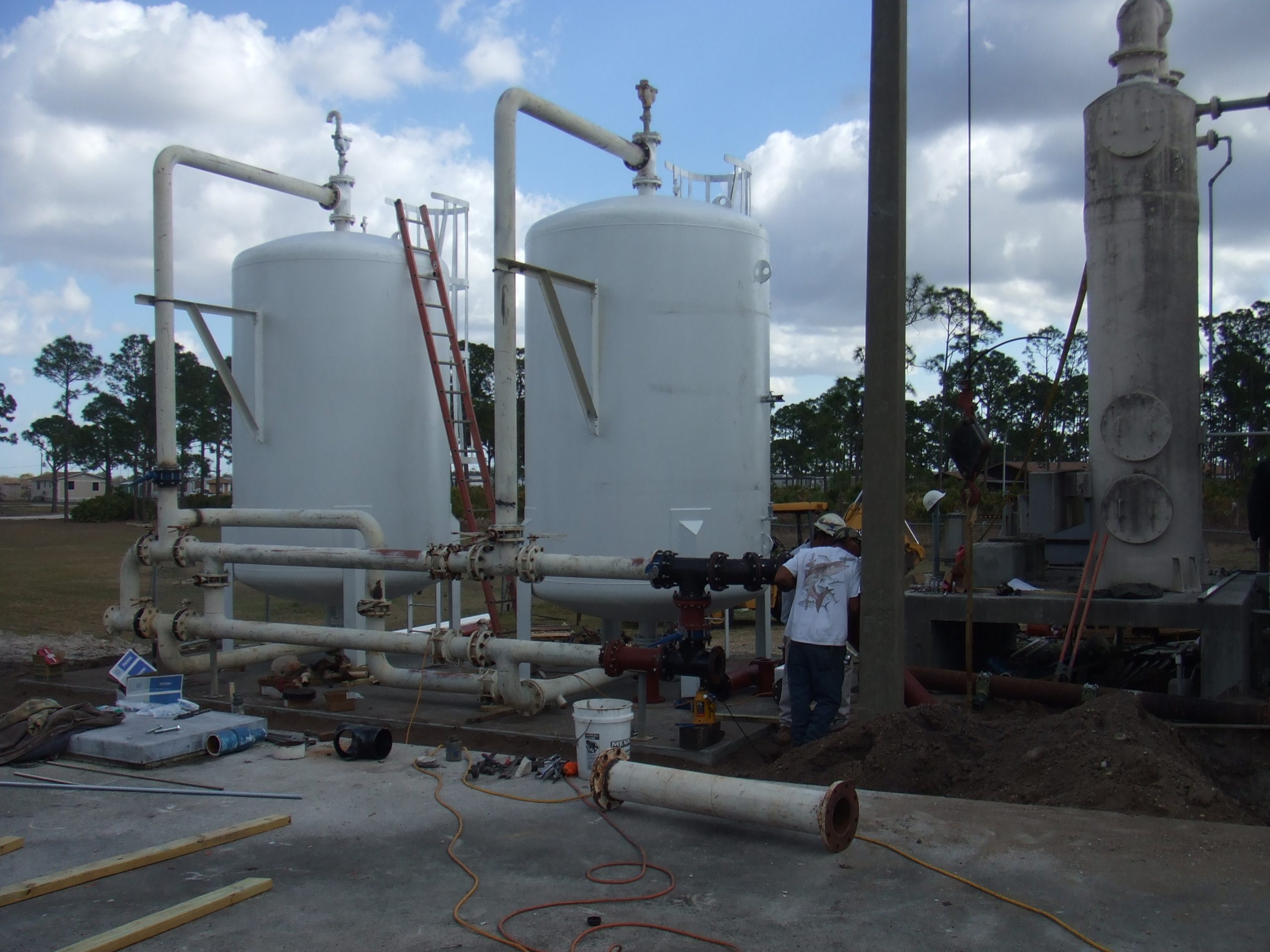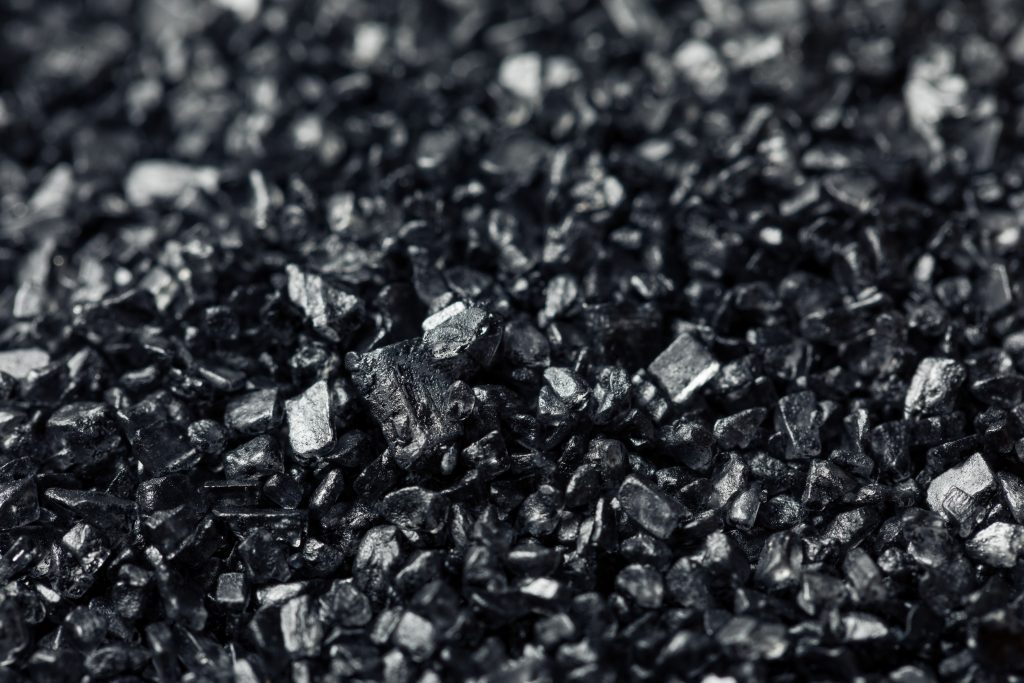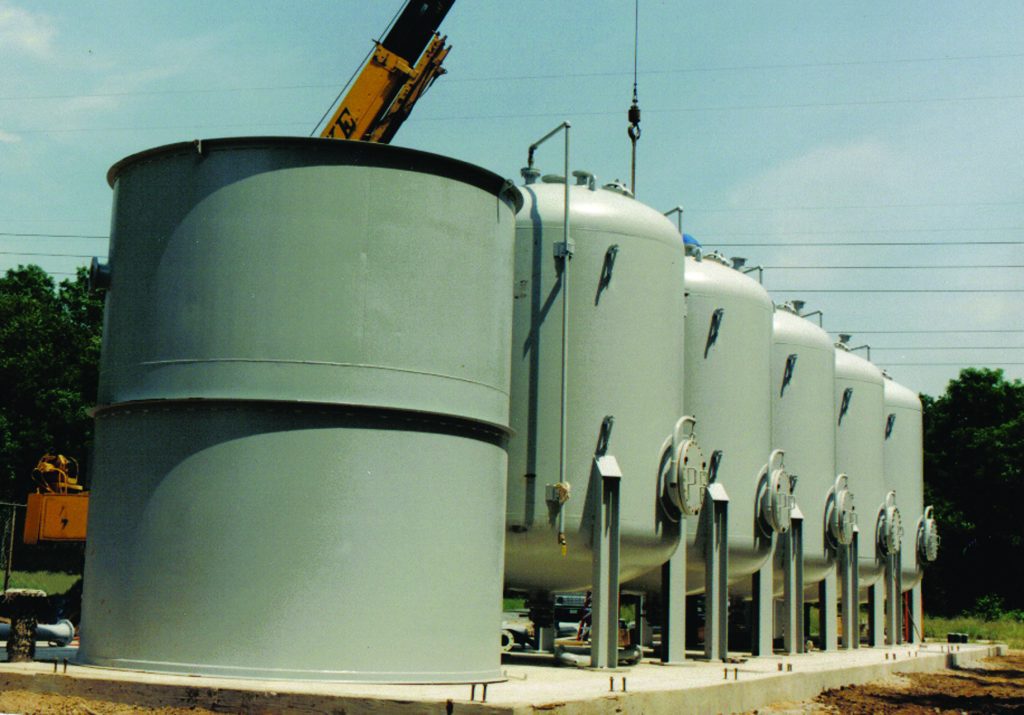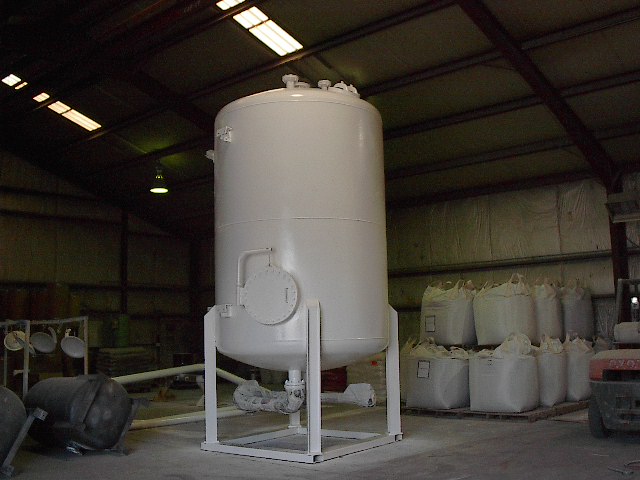Activated Carbon

What is Activated Carbon?
Activated carbon is a highly porous adsorption media that can be used to filter organic contaminants, pesticides, chemicals (like chlorine), and even per-and polyfluoroalkyl substances (PFAS) from water. To generate activated carbon, raw organic materials are broken down through either a grinding or crushing process, then compacted to attain rigidness, and are subsequently crushed to reduce the material down to target size. This process results in the formation of a complex and extensive network of pores throughout the activated carbon. In fact, one or two grams of these carbon granules can have thousands of square meters of both internal and external surface area.
Activated carbon is versatile and can be comprised of various raw organic materials including:
- Coal
- Wood
- Peat
- Coconut shells
- Lignite
- Bituminous coal
Activated Carbon can remove:
- Taste- and odor-producing compounds
- Organic materials
- Volatile organic compounds (VOCs)
- Synthetic organic compounds

How Does Activated Carbon Work?
The extensive porous network within activated carbon is what drives its ability to adsorb large quantities of organic matter contained within water. As untreated water passes through the activated carbon, organic and chemical impurities are adsorbed in the internal surfaces of the pores and held through attractive physical forces. This occurs because there are differences in the concentration of adsorbates between the water and carbon pores, so the organic matter is attracted to the pores and migrates in a process similar to diffusion.
Adsorption capabilities depend on the following factors:
- Density
- Particle (mesh) size
- Pore size distribution
- Ash content
- Abrasion resistance

Encotech has numerous types of Activated Carbon Media in stock and available to our clients
Benefits
In the context of wastewater treatment, activated carbon is a highly effective treatment method. Activated carbon has a high capacity for adsorbing large quantities of water due to its expanse of surface area.
Activated Carbon is:
- Reusable and can be regenerated
- Highly effective at removing VOCs and PFAs
- Readily available
- Extremely effective

